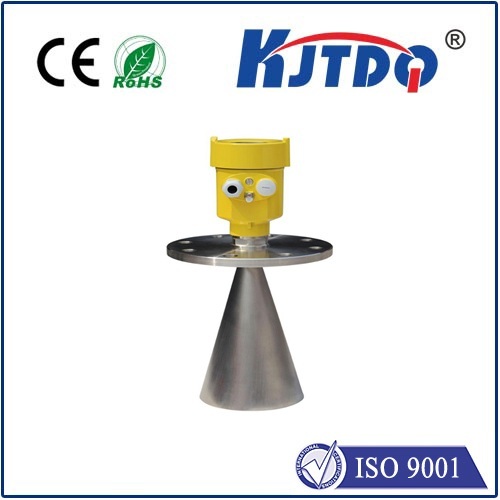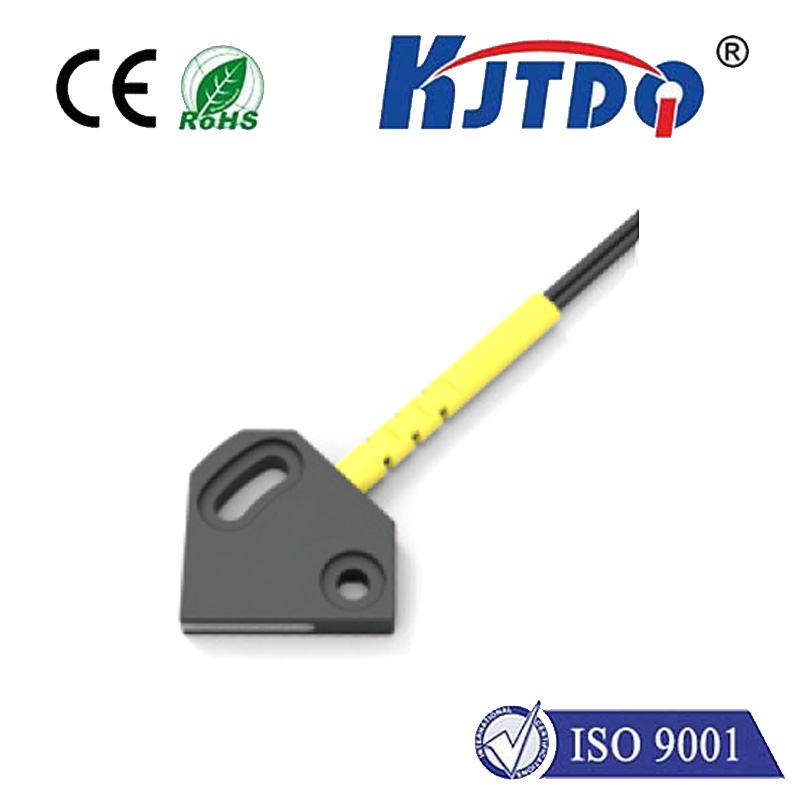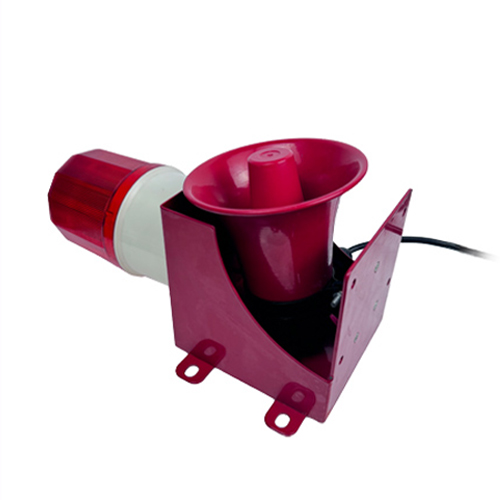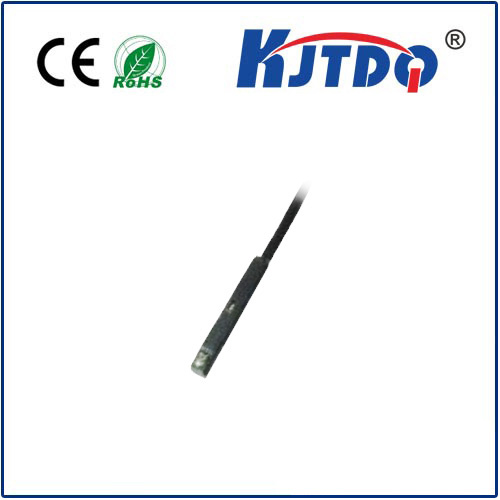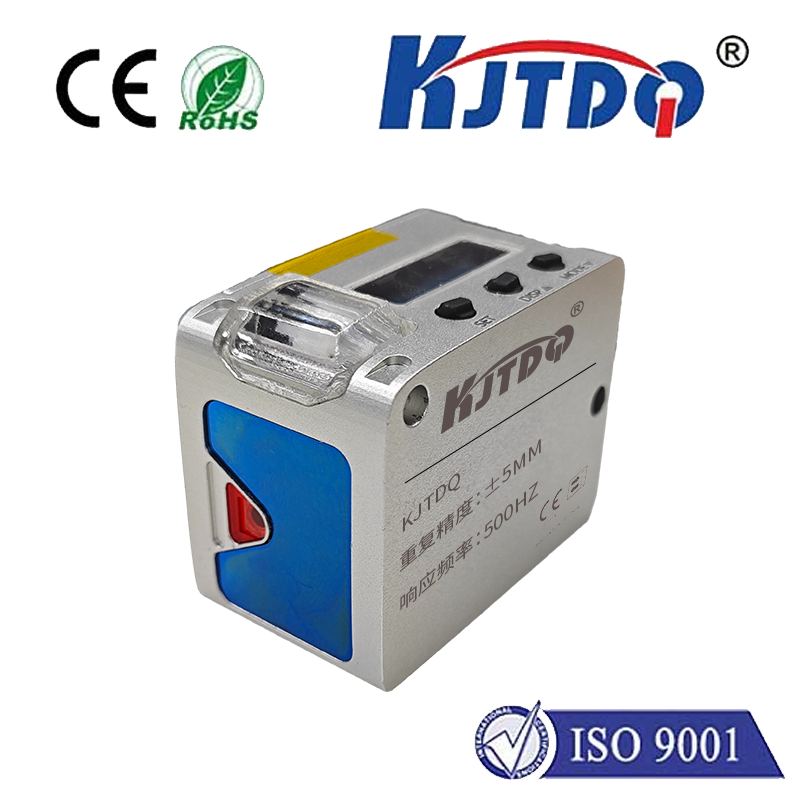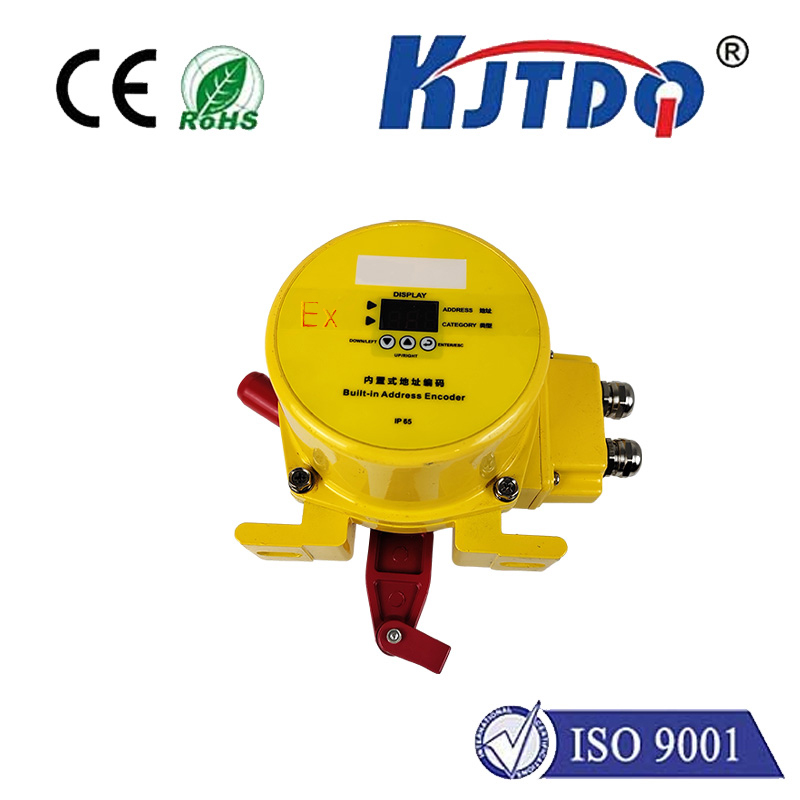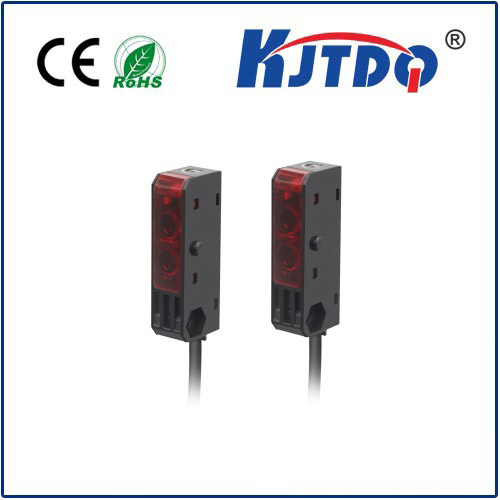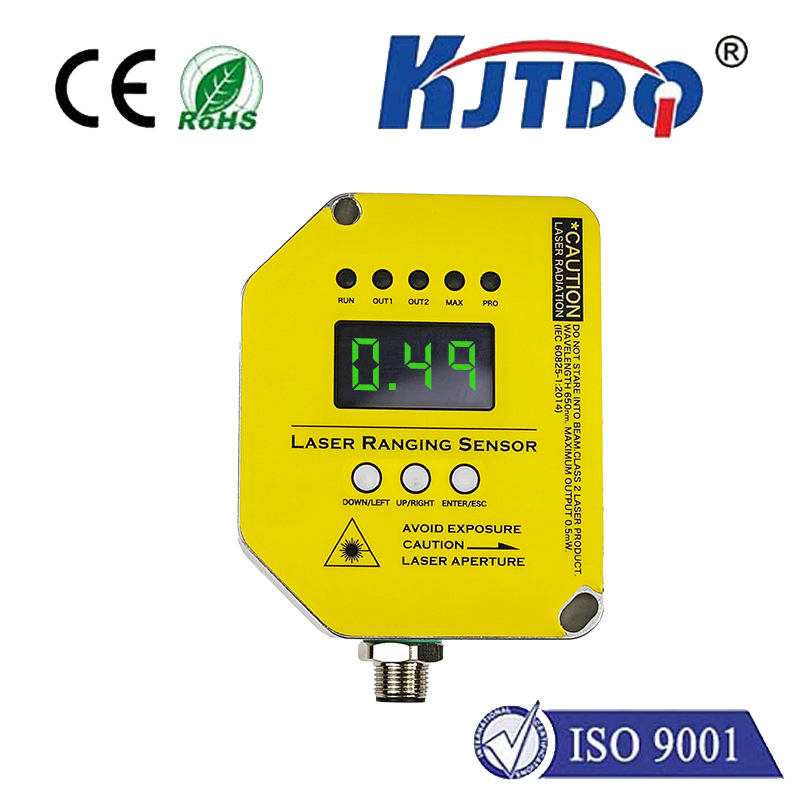photoelectric distance switch sensor reflector
- time:2025-09-15 09:32:59
- Нажмите:0
Photoelectric Distance Switch Sensor Reflector: Precision Detection Powering Automation
Imagine a conveyor belt humming, carrying delicate electronic components toward final assembly. Suddenly, a misplaced tool falls onto the track. Without intervention, the result is costly damage, production delay, and potential safety risks. This precise scenario – and countless like it – is where the photoelectric distance switch sensor reflector silently steps in as an unsung hero of modern automation. This trio – the emitter, the reflector, and the intelligent switching logic – provides fast, reliable, non-contact object detection based on a critical distance threshold, forming a cornerstone of efficient, safe, and intelligent manufacturing and logistics.
Understanding the Core Trio
At its heart, a photoelectric distance switch is a sensor designed to detect the presence or absence of an object within a specific range and trigger an electrical switch (like turning a machine on/off, activating an alarm, or counting items) based on whether the object is detected within or beyond a preset distance. The magic lies in its photoelectric principle: it uses light as its detection medium.
Here’s where the sensor reflector comes in. Unlike diffuse sensors that rely on light bouncing off the target itself, or through-beam sensors requiring a separate receiver unit opposite the emitter, the reflector-based system utilizes a retroreflective target. This specially designed sensor reflector is coated with material (typically tiny glass beads or prismatic structures) that reflects light directly back towards its source, even if the light hits at an angle. This significantly increases the effective sensing range and simplifies installation compared to through-beam.

How the Photoelectric Distance Switch Sensor Reflector System Works
- Emitter: The sensor unit houses an emitter (usually an LED, often infrared or red visible light, sometimes laser) that projects a focused beam of modulated light towards the reflector.
- Reflector: The strategically placed sensor reflector efficiently bounces the beam directly back towards the sensor. When the beam path is clear, the sensor receives a strong signal.
- Receiver & Logic: The sensor also contains a receiver (phototransistor or photodiode) tuned to detect the specific modulated light. An internal circuit constantly evaluates the intensity of the received signal. Crucially, it incorporates distance discrimination logic.
- Detection Principle & Switching: When an object interrupts the beam between the sensor and the reflector, the receiver signal strength drops significantly. The sensor’s internal logic interprets this drop. If the signal falls below a calibrated threshold (indicating the object is closer than the effective range of the reflector), the sensor triggers its switch output. This output can be a relay contact closure, a solid-state switch (PNP/NPN), or a digital signal – essentially changing state (On/Off, Open/Closed) to signal “object detected at close range.”
- The Distance Factor: This system inherently creates a defined detection zone – the space between the sensor and the reflector. The distance switch functionality activates when an object enters this zone and breaks the beam. The maximum sensing distance depends on the sensor’s power, the reflector’s efficiency, and environmental factors. Precise positioning of the reflector relative to the sensor defines the exact path and distance where detection occurs.
Why This Combination is a Powerhouse in Automation
The photoelectric distance switch sensor reflector setup offers distinct advantages that make it exceptionally versatile:
- Reliable Long-Range Detection: Retroreflectors allow detection over much greater distances than diffuse mode sensors, often several meters or more, without needing a separate receiver unit on the opposite side.
- Simplified Wiring and Alignment: Only Один. unit needs power and control wiring, placed facing the reflector. Aligning one sensor to one reflector is generally easier than precisely aligning separate emitter and receiver units across large spaces.
- Strong Signal Integrity: The highly efficient reflection provides a robust return signal, enhancing immunity to minor misalignments, dust, and some lighting interference (especially when modulated light is used).
- Non-Contact Operation: Detection occurs without physical touch, eliminating wear and tear on both the sensor and the detected object.
- Fast Response Times: Light travels fast! These sensors react incredibly quickly to state changes, essential for high-speed automation.
- Cost-Effective Solution: For applications requiring reliable detection over moderate distances, this solution is often more economical than laser distance sensors or complex vision systems.
Diverse Applications: Where Precision Detection Matters
The robustness and reliability of photoelectric distance switch sensor reflector systems make them indispensable across numerous sectors:
- Material Handling & Logistics: Detecting pallets, boxes, or products on conveyors for positioning, counting, diverting, or stopping accumulation. Monitoring door/gate positions (open/closed) on loading docks or automated warehouses. Controlling stacker cranes.
- Packaging Machinery: Ensuring precise positioning of bottles, cans, or packages for labeling, filling, sealing, and case packing. Detecting missing items.
- Automotive Manufacturing: Verifying component presence on assembly lines, monitoring robot work zones, checking door/hood alignment, controlling welding screens.
- Elevator & Escalator Safety: Monitoring landing doors and car position for safe operation. Detecting people or objects in doorways.
- Printing & Paper Handling: Monitoring paper roll presence, detecting paper jams, ensuring sheet registration.
- Access Control: Detecting vehicles at gates or barriers. Monitoring garage door travel limits.
- Food & Beverage: Hygienic non-contact bottle/can detection on high-speed lines. Checking fill levels indirectly via position detection.
Implementing Effectively: Key Considerations
To maximize the performance of your photoelectric distance switch sensor reflector system, consider these factors:
- Sensing Range: Select a sensor model with the appropriate range for your application, considering both maximum required distance and potential object variations (size, color). Ensure the reflector size is adequate for the range.
- Reflector Type & Mounting: Choose a robust reflector suitable for the environment (e.g., washdown environments need stainless steel or specialized plastic). Ensure it’s mounted securely and aligned correctly with the sensor. Retroreflective tape is common, but rigid prismatic reflectors offer greater range and stability.
- Beam Pattern & Size: Consider the required beam width. Narrow beams offer precise detection but require more careful alignment. Wider beams are more tolerant of alignment shifts but may lack precision.
- Environmental Factors:
- Dust/Fog/Mist: Can attenuate the light beam. Sensors with stronger output power or modulated light (to distinguish from ambient light) are preferable. Regular cleaning might be necessary.
- Ambient Light: Strong sunlight or welding flash can interfere. Modulated light sensors and proper shading are critical countermeasures. Always verify the sensor’s ambient light immunity specification.
- Temperature/Humidity: Ensure sensor and reflector are rated for the operating environment.
- Target Object: While the system primarily detects beam interruption, the object’s reflectivity is irrelevant (unlike diffuse sensors), making it excellent for detecting transparent objects like glass or clear plastic bottles that might be problematic for other sensors, provided they significantly attenuate the beam.
- Switching Logic: Configure the output logic correctly (Light-On/Dark-On) based on whether you need the switch to activate when the beam is reflected (no object) or interrupted (object present).
Beyond basic detection, modern Фотоэлектрический датчик often offer sophisticated features like teach-in functionality,







